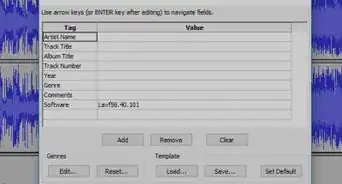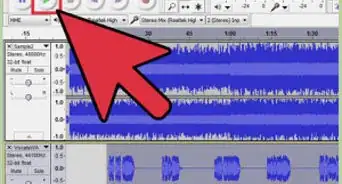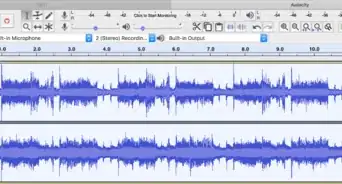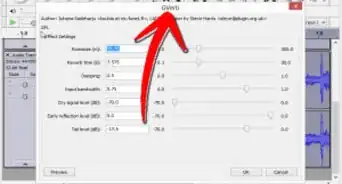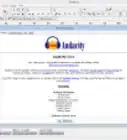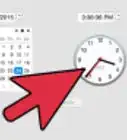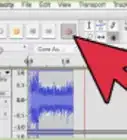X
wikiHow is a “wiki,” similar to Wikipedia, which means that many of our articles are co-written by multiple authors. To create this article, 19 people, some anonymous, worked to edit and improve it over time.
This article has been viewed 180,375 times.
Learn more...
If you want to convert your MIDI file to MP3 format without using specialized conversion software, you can do it yourself using the free audio editor, Audacity. Audacity is a robust, powerful open-source audio recorder and editor that can do much more than you would imagine from a free application.
Steps
-
1Launch Audacity. If you don't already have it, you can download from [1]
-
2Set your outputs and inputs. In your MIDI recorder or DAW, verify where the audio is being sent. Your Audacity input should match the outputs of your MIDI recorder.
- You'll find your MIDI recorder outputs in that application's audio preferences.
- In Audacity, choose from the options in the drop-down menu next to the microphone icon.
Advertisement -
3Select your output mix. Choose mono or stereo, as desired, from the drop-down menu next to the speaker icon.
-
4Check your levels. Put Audacity in Record Ready mode by pressing Pause (the two vertical blue lines), then pressing Record (the red dot). Play your MIDI file, and in Audacity, set the input level (the slider next to the microphone) so that the level meters rarely touch 0.
-
5Record your music. When you are satisfied with the levels, rewind your MIDI file to the beginning, press the Record button in Audacity, then press the Play button for your MIDI file. You should see the audio waves form on the Audacity track.
-
6Stop recording. When the song has finished playing, press the yellow Stop button in Audacity, and then click the stop button in your MIDI playback software.
-
7Verify your file. Click the green Play arrow in Audacity, and listen to your song to make sure everything is as you wish it.
-
8Export your song. From the File menu, select Export...", and in the resulting export window, name your file, and select MP3 Files from the drop down menu.
- Note that you can also choose WAV, AIFF, WMA, and many other output types—pick the one that best suits your needs.
-
9Enjoy your new file!
Advertisement
Things You'll Need
- A computer with a sound card.
- A midi file.
- Audacity
About This Article
Advertisement
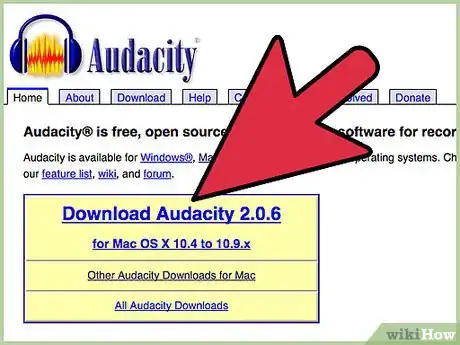
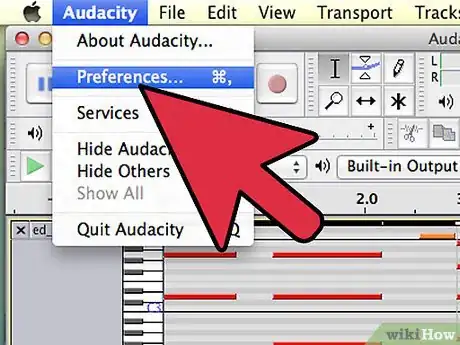
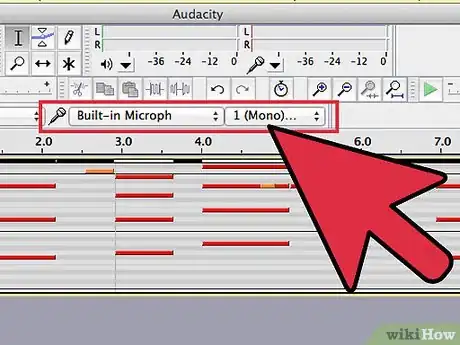
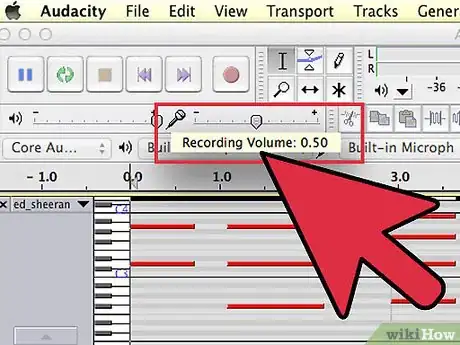
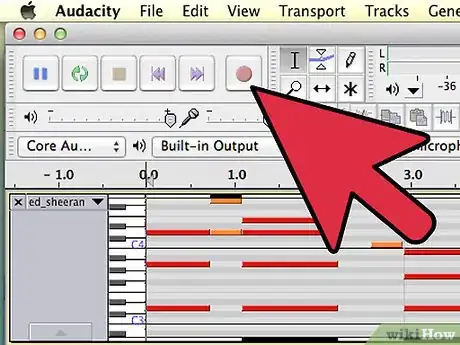
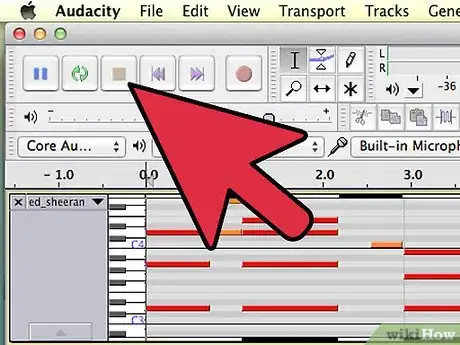
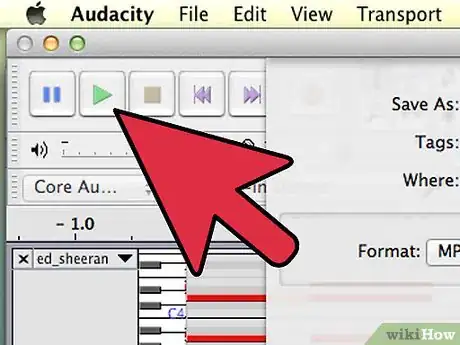

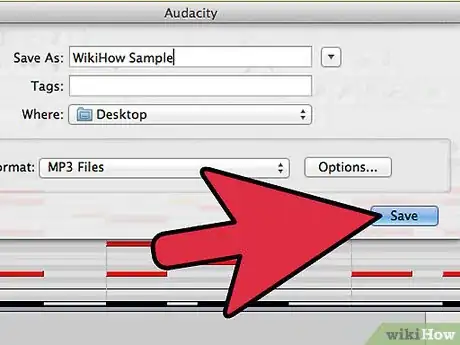
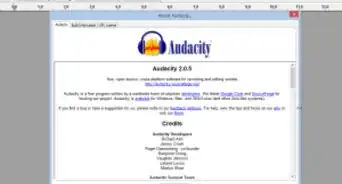
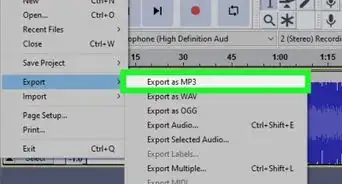
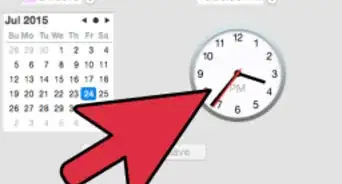
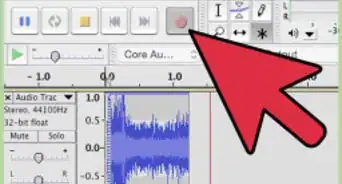
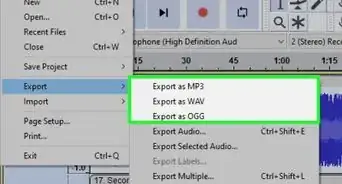
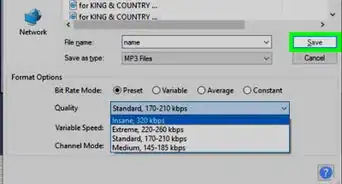
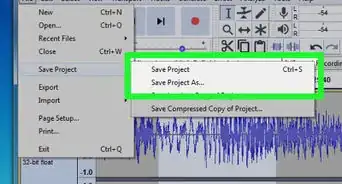
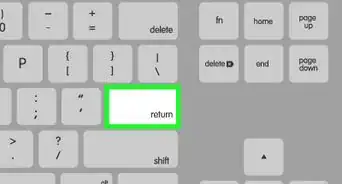
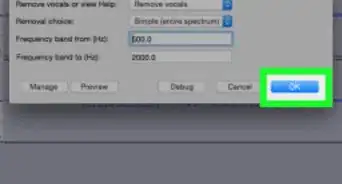
.webp)
